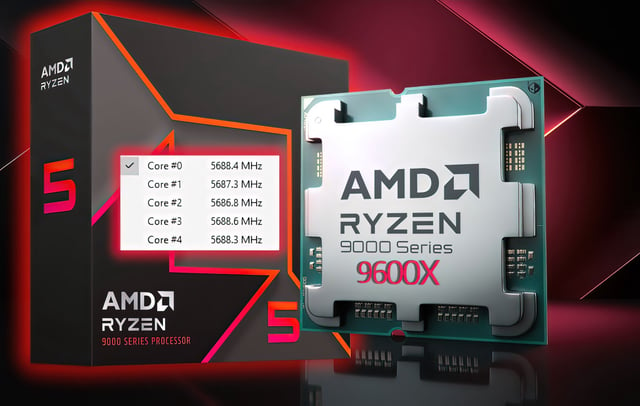Overview
- Ryzen 9000 series introduces better energy efficiency, higher core counts, and architectural refinements.
- Despite advancements, Ryzen 9000 can't match the gaming performance of the previous generation's 7000X3D models.
- 3D V-Cache technology in the 7000X3D chips provides a significant advantage in gaming scenarios.
- Future iterations of Ryzen 9000 may include enhanced 3D V-Cache technology.
- AMD remains committed to advancing 3D V-Cache for improved gaming performance.



